
The painting was the result of the artist’s serious work on the scenery for the opera The Tale of Tsar Saltan. At this time, the life of the whole family of the master was closely connected with this production. Wife performed the party of the Princess, the artist himself was entrusted to create scenery and sketches of costumes.
Of all the characters, it was the Swan Princess that was most interested in the master. Two natural origins – cold and warm, water and air, dark and light – attracted the artist in this image. Fabulous, a wonderful combination of the incongruous – became the main ideas of the artist.
It would be a mistake to think that the author was painting a portrait of his wife in the image. The surviving photographs of Nadezhda Vrubel prove that the image of the Tsarevna is entirely born of the artist’s imagination. The spectator is fond of both numerous details and a general plot.
The artist managed to convey the most wonderful moment – transformation. It is worth to carefully look into the face of the heroine: her large expressive eyes already resemble birds’ eyes, the lips in a moment will turn into a beak. Chicarin the feather dress of the Princess. The color scheme based on virgin white, strikes a variety of the finest shades. Masterfully transferred to the silk-feather texture of the apparel. Even the most inquisitive spectator can not determine the boundary between the feathers and the order of the heroine. It is impossible to tear myself away from the view of the Princess. Waiting for a miracle, it’s like inviting everyone to share with it all the magic of the moment.
In Russian mythology, the swan is a symbol of creative flight, inspiration, imagination, imagination. Many poets loved the picture, and the master’s colleagues thoroughly studied it to understand the secret of the transfer of mother-of-pearl texture, elusive movement and color mixing. The work was bought by the patron Morozov, and in the Tretyakov Gallery came under the will of the collector. Two detailed sketches for the painting are kept in the State Russian Museum in St. Petersburg.
 Muse by Mikhail Vrubel
Muse by Mikhail Vrubel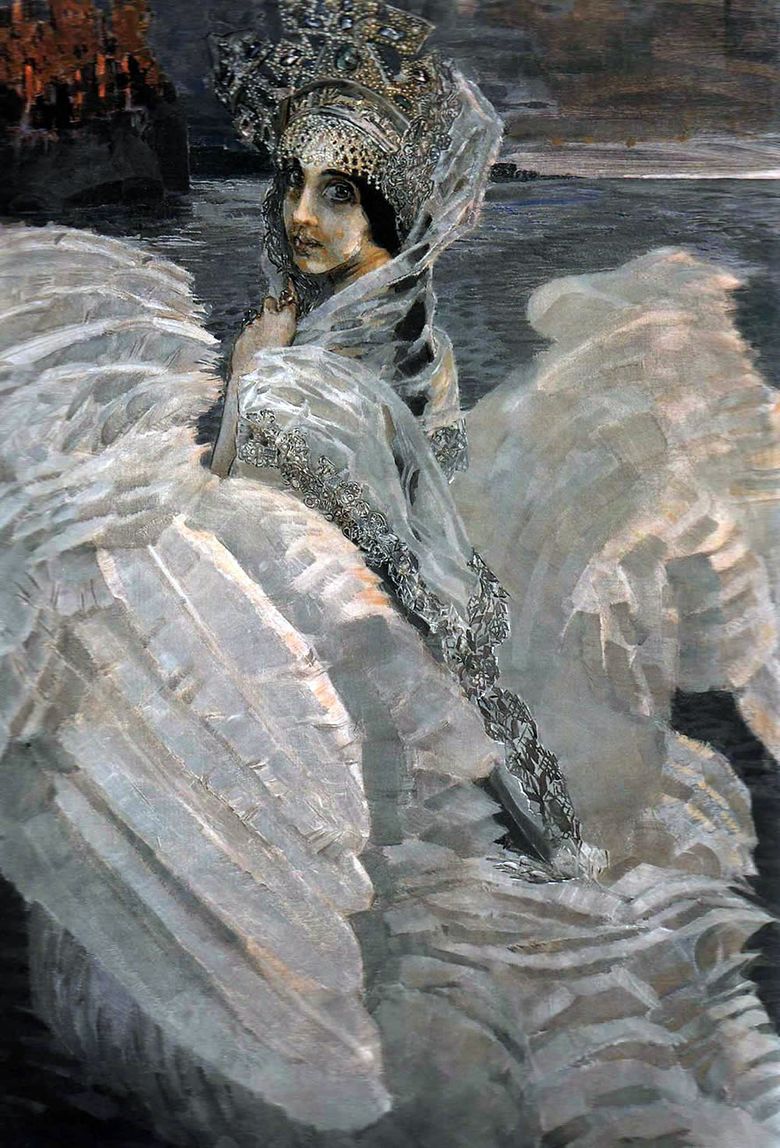 La princesse cygne – Mikhail Vrubel
La princesse cygne – Mikhail Vrubel Flying demon by Mikhail Vrubel
Flying demon by Mikhail Vrubel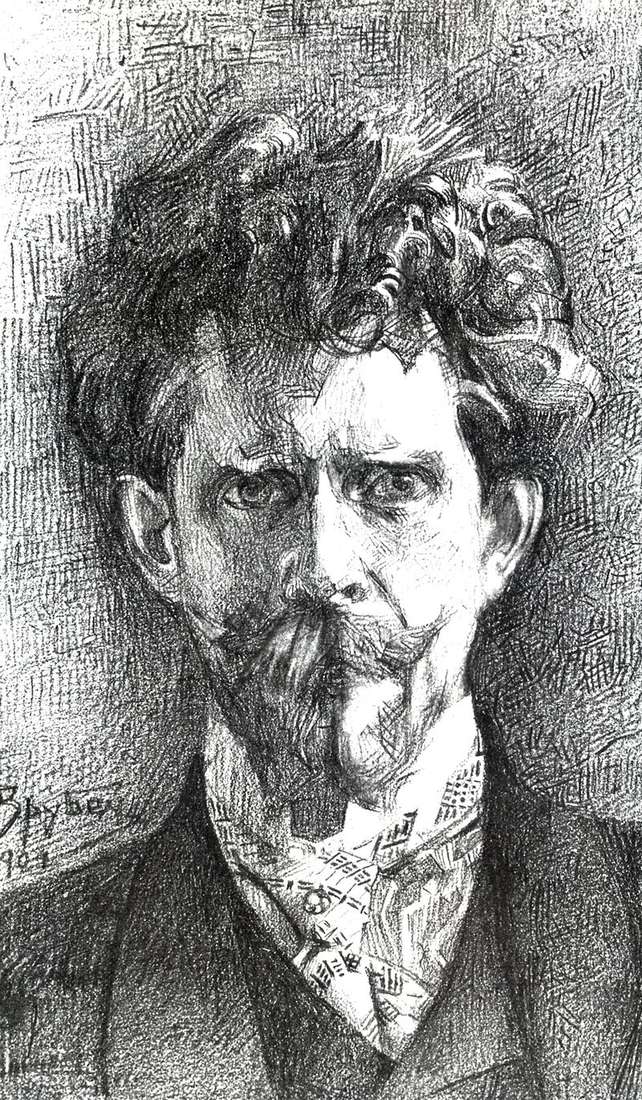 Portrait of Dr. F. Usoltsev by Mikhail Vrubel
Portrait of Dr. F. Usoltsev by Mikhail Vrubel Portrait of NI Zabela-Vrubel against the background of birches by Mikhail Vrubel
Portrait of NI Zabela-Vrubel against the background of birches by Mikhail Vrubel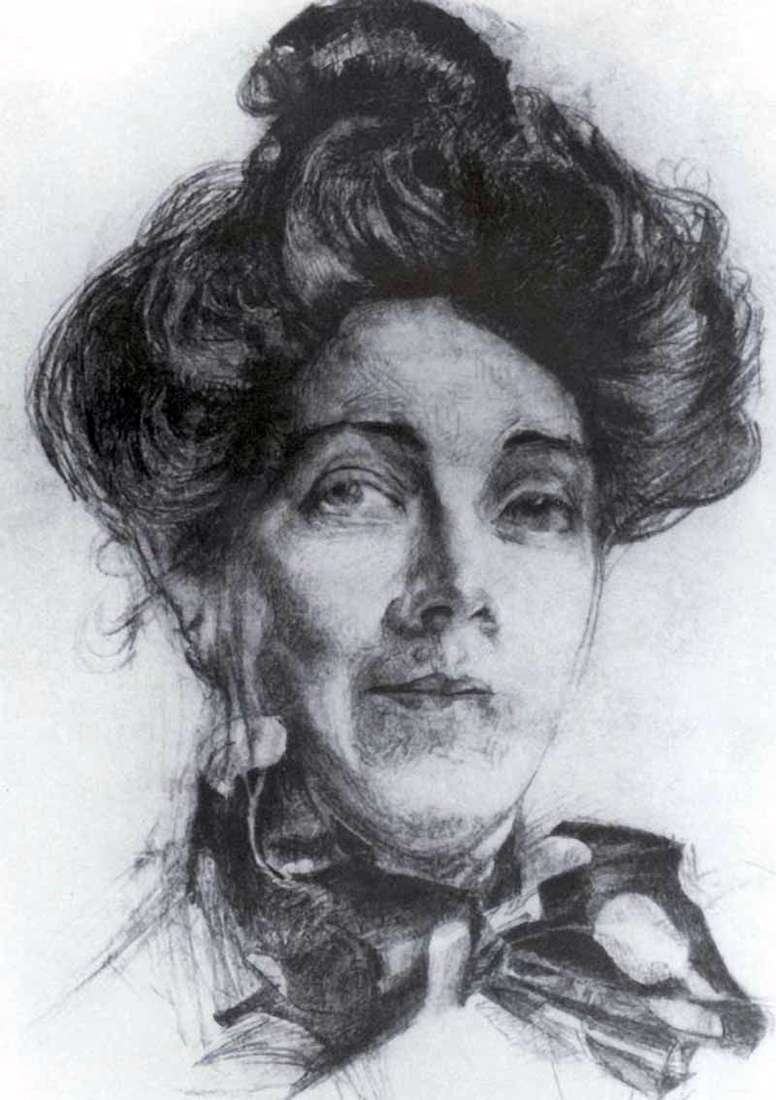 Portrait of NI Zabela by Mikhail Vrubel
Portrait of NI Zabela by Mikhail Vrubel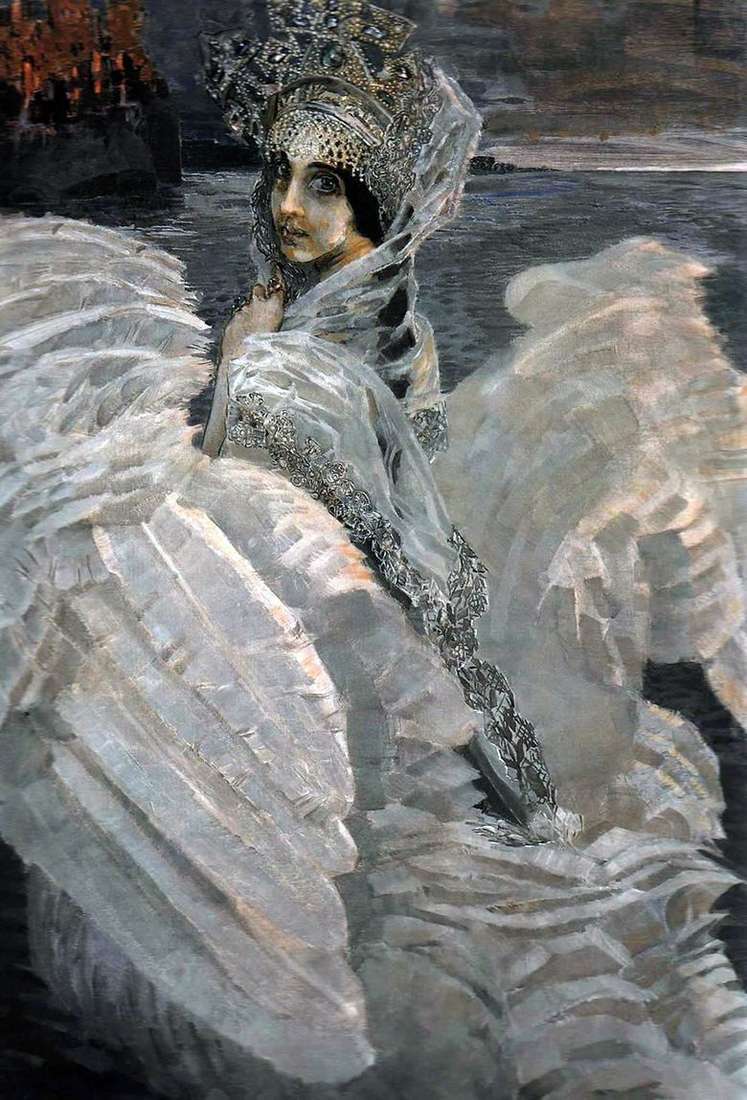 Tsarevna Swan – Mikhail Vrubel
Tsarevna Swan – Mikhail Vrubel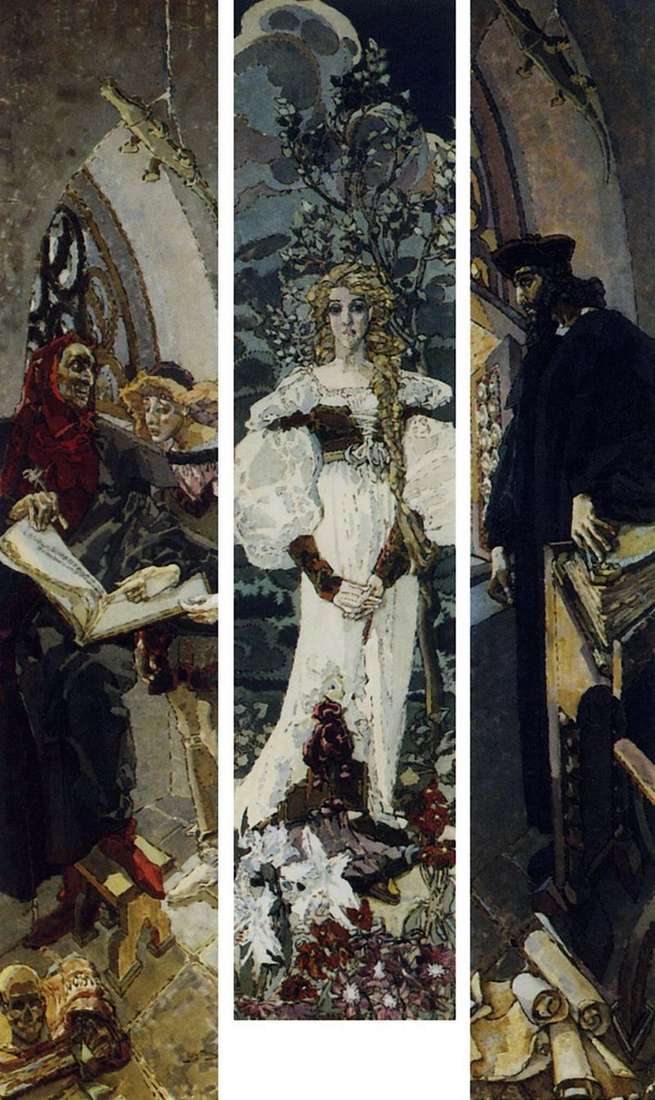 Faust by Mikhail Vrubel
Faust by Mikhail Vrubel